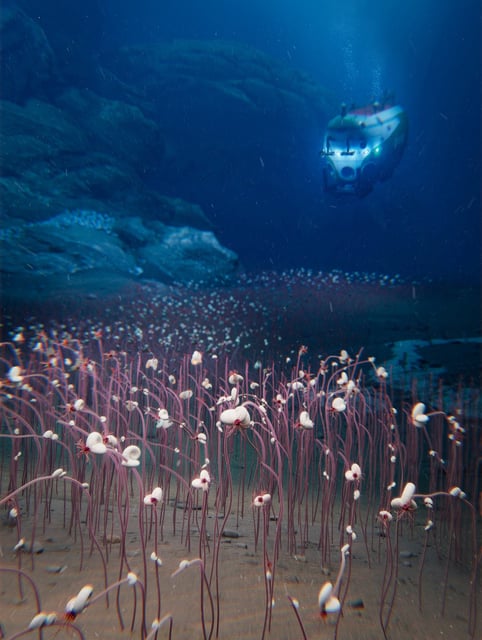Overview
- Researchers completed 24 dives in the Fendouzhe submersible across 2,500 km of the Kuril-Kamchatka and Aleutian trenches between July and August 2024 to probe hadal habitats
- They documented thriving chemosynthetic communities dominated by marine tube worms and bivalve molluscs at depths down to 9,533 meters, extending known depth limits by 25 percent
- These ecosystems are powered by hydrogen sulfide-rich and methane-rich fluids seeping from the seafloor rather than sunlight-driven photosynthesis
- The discovery overturns long-held assumptions about biological viability under extreme pressure and suggests similar communities may be widespread in other deep trenches
- Scientists warn that burgeoning deep-sea mining interests could imperil these fragile carbon-cycling ecosystems and urge new conservation measures



